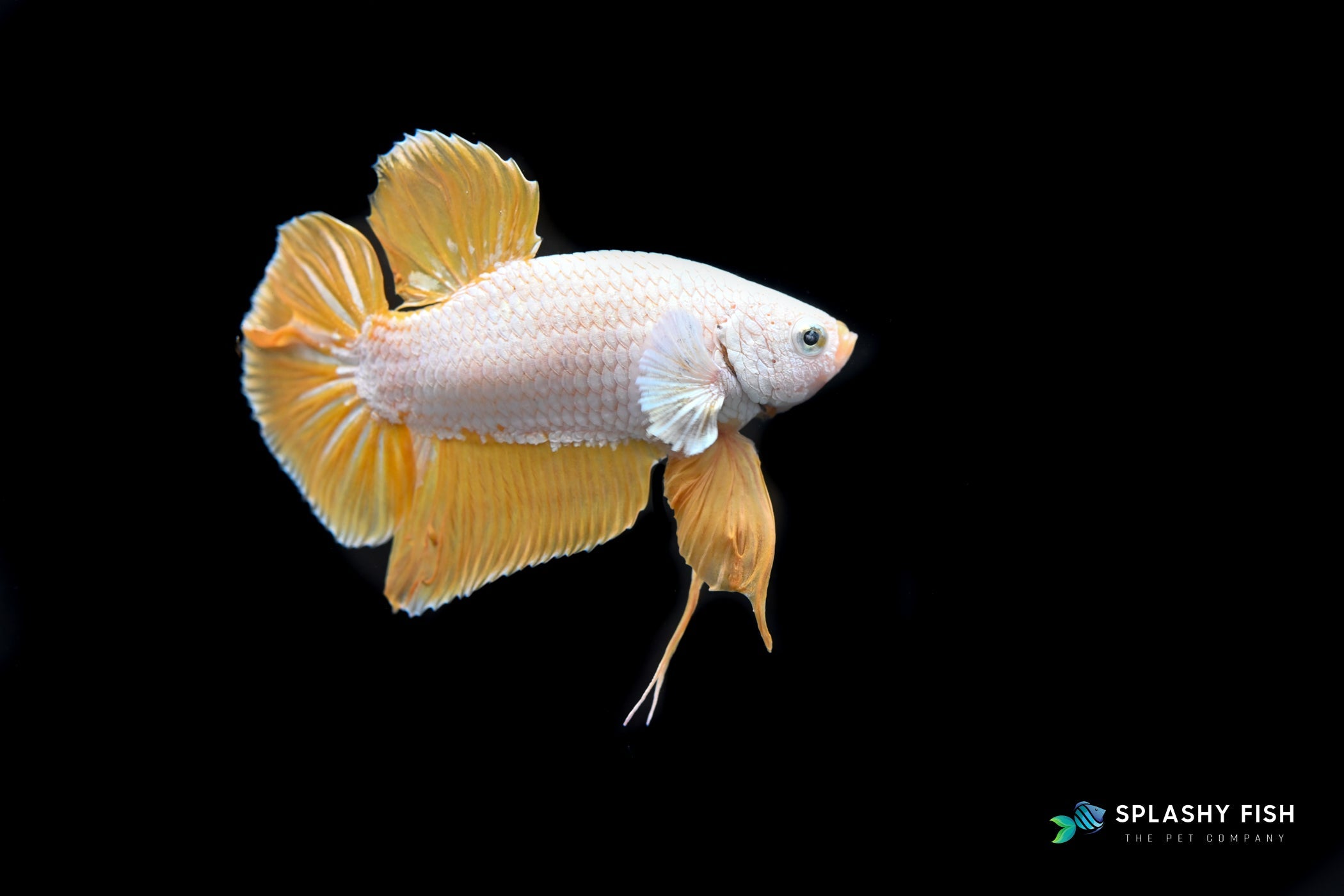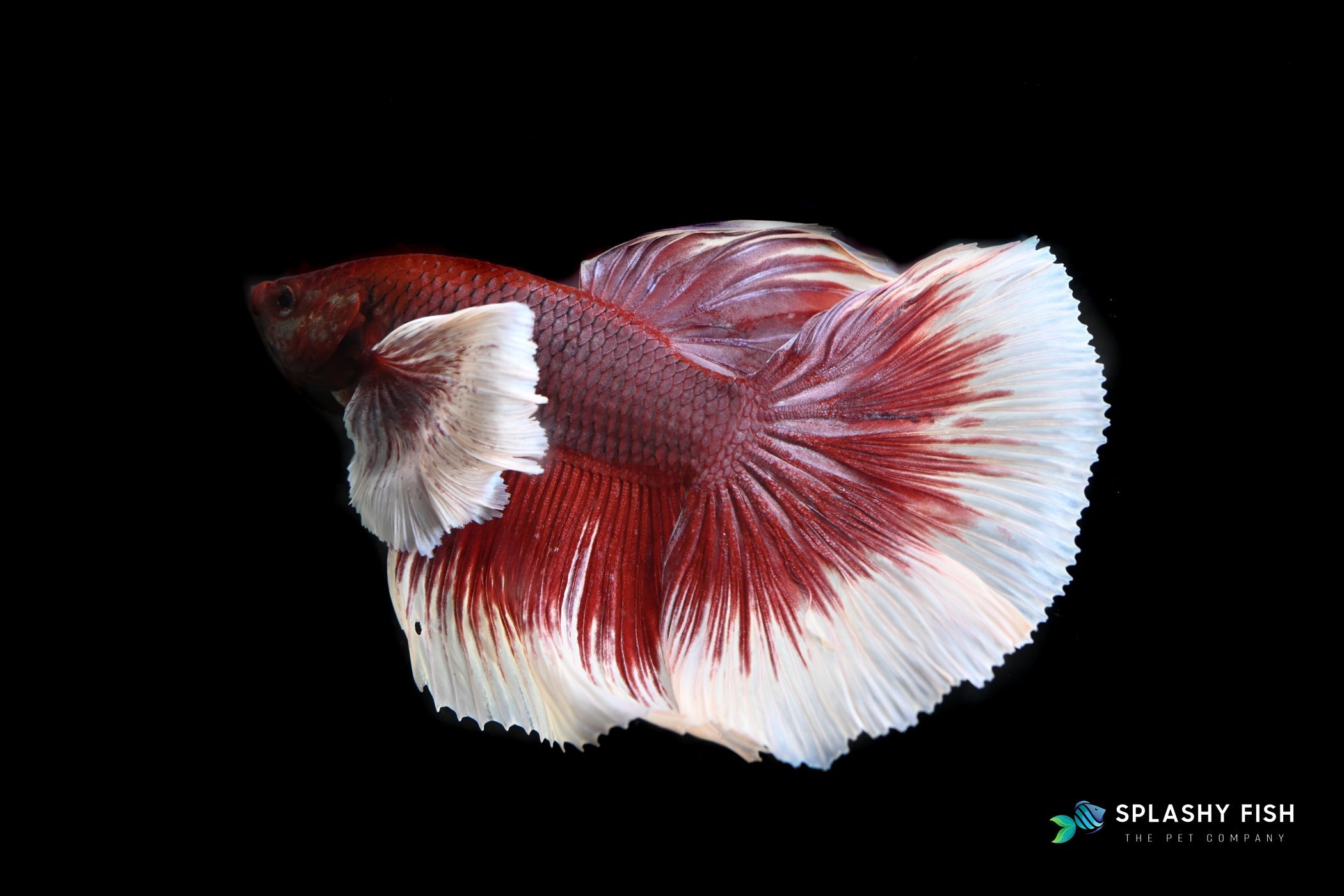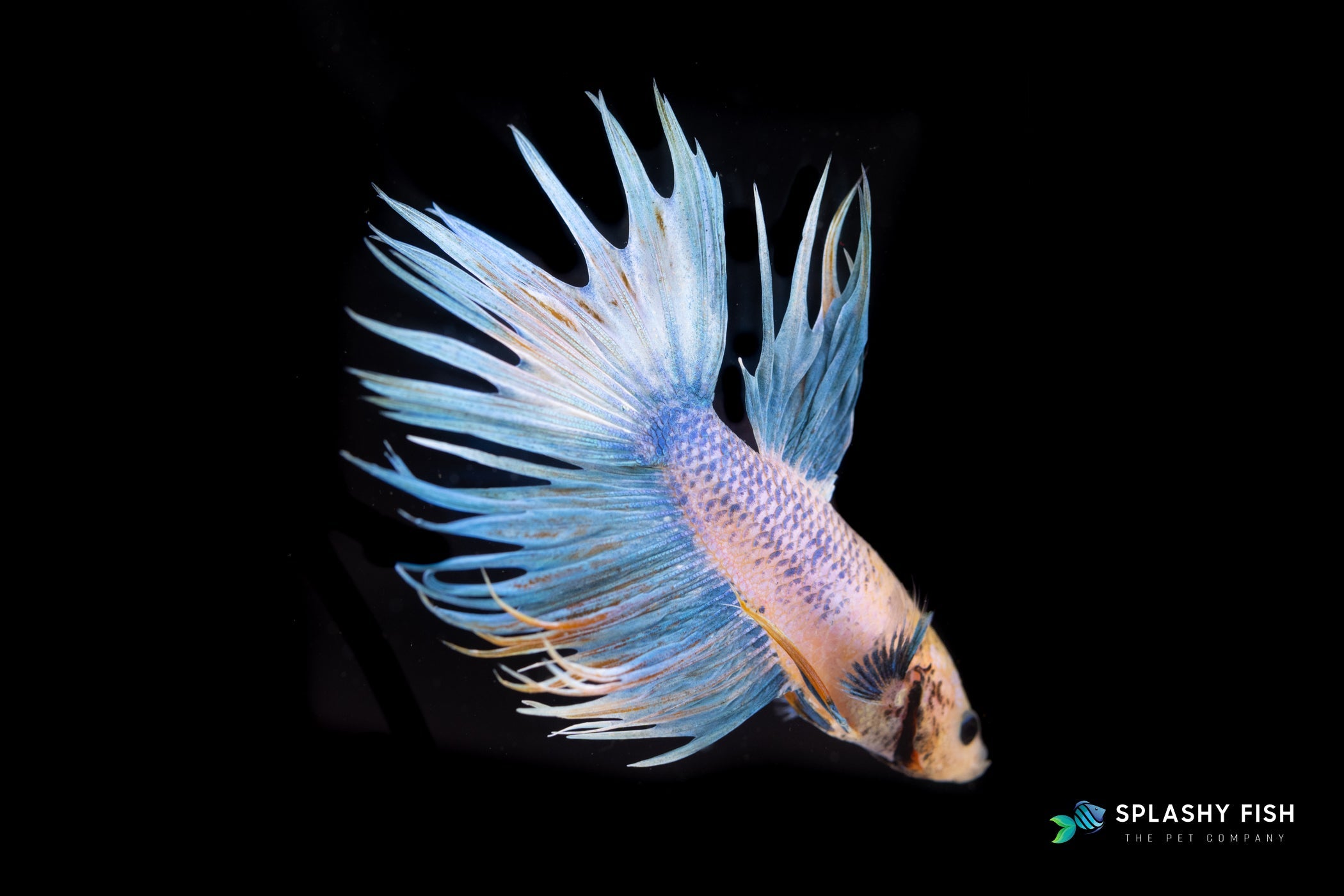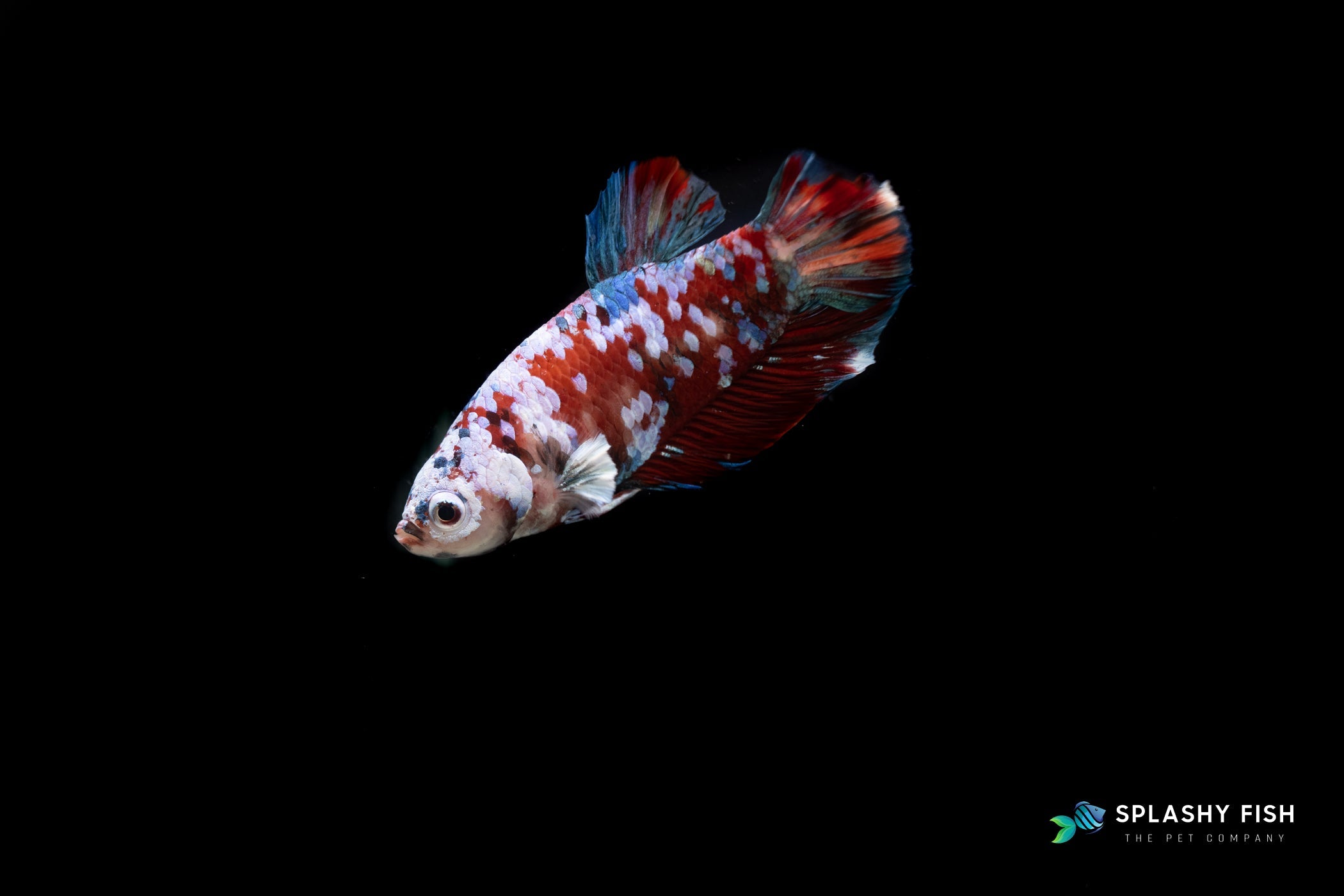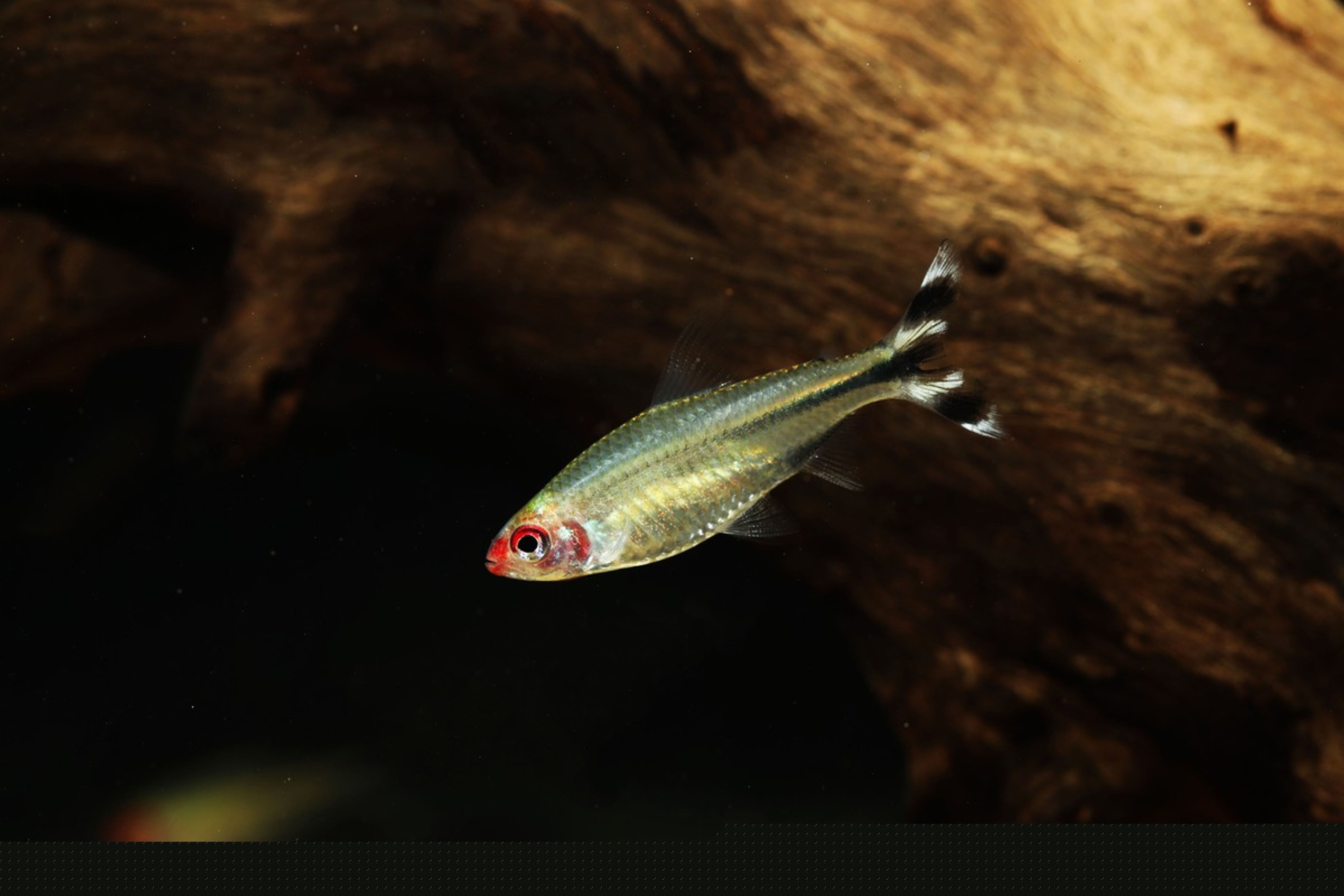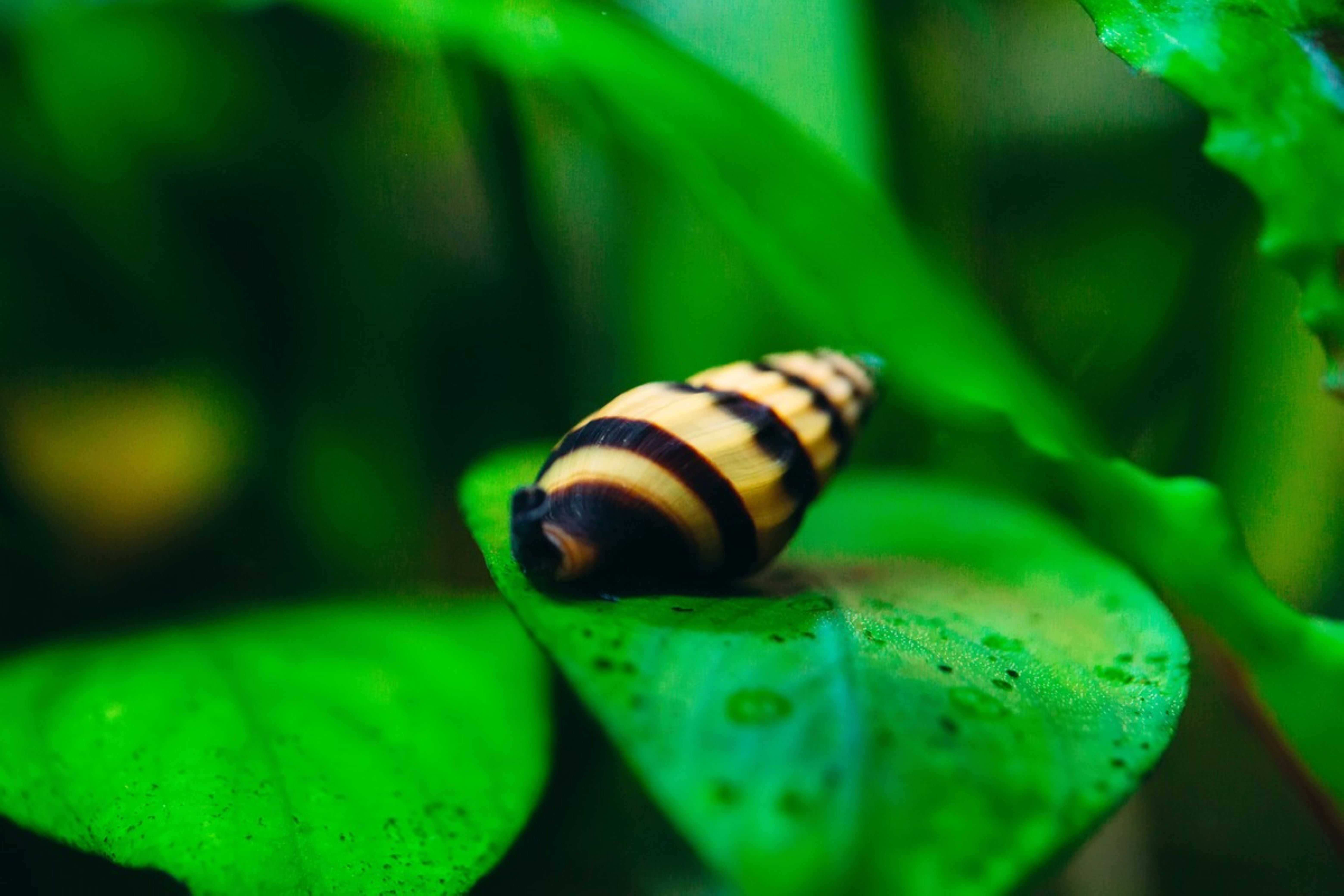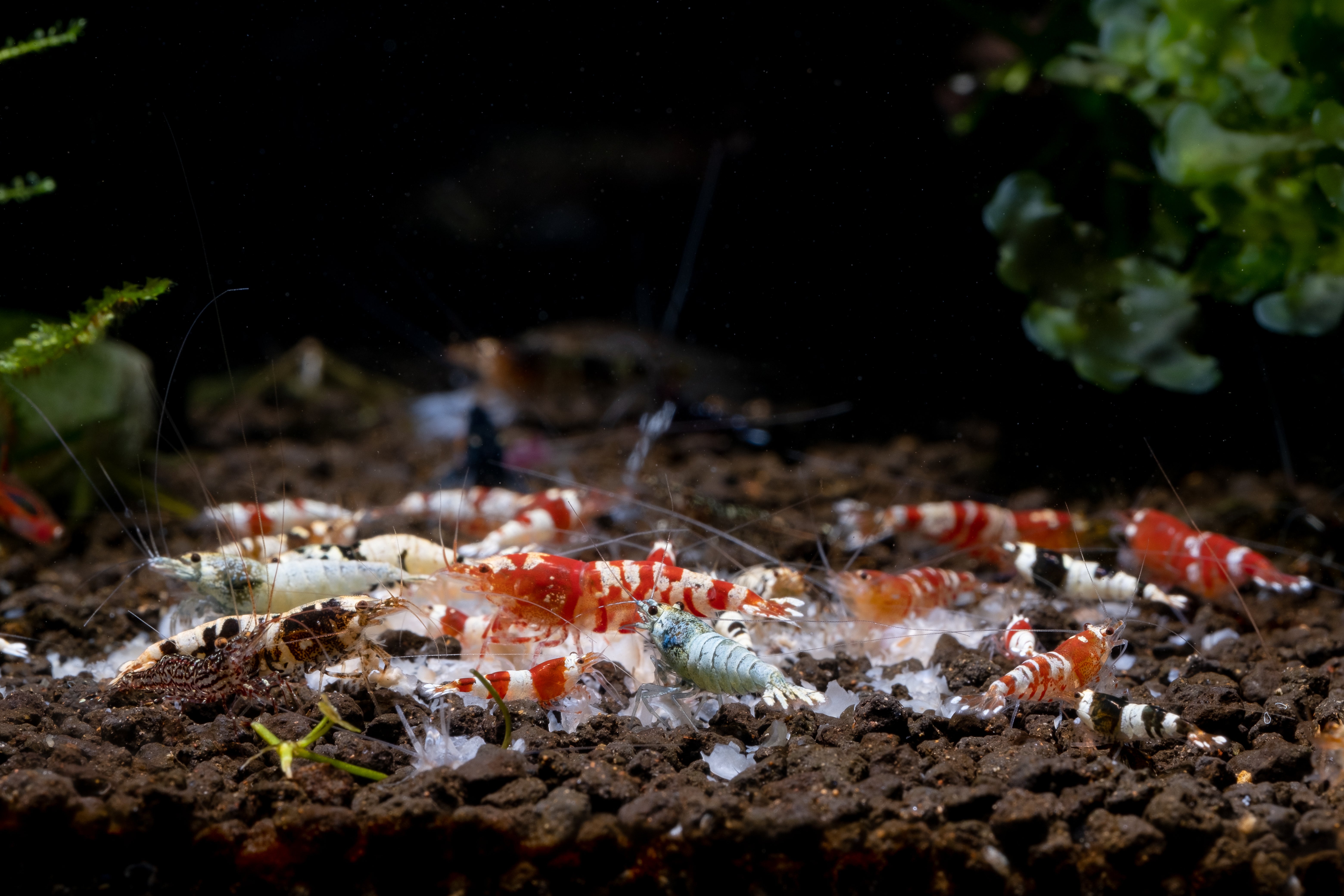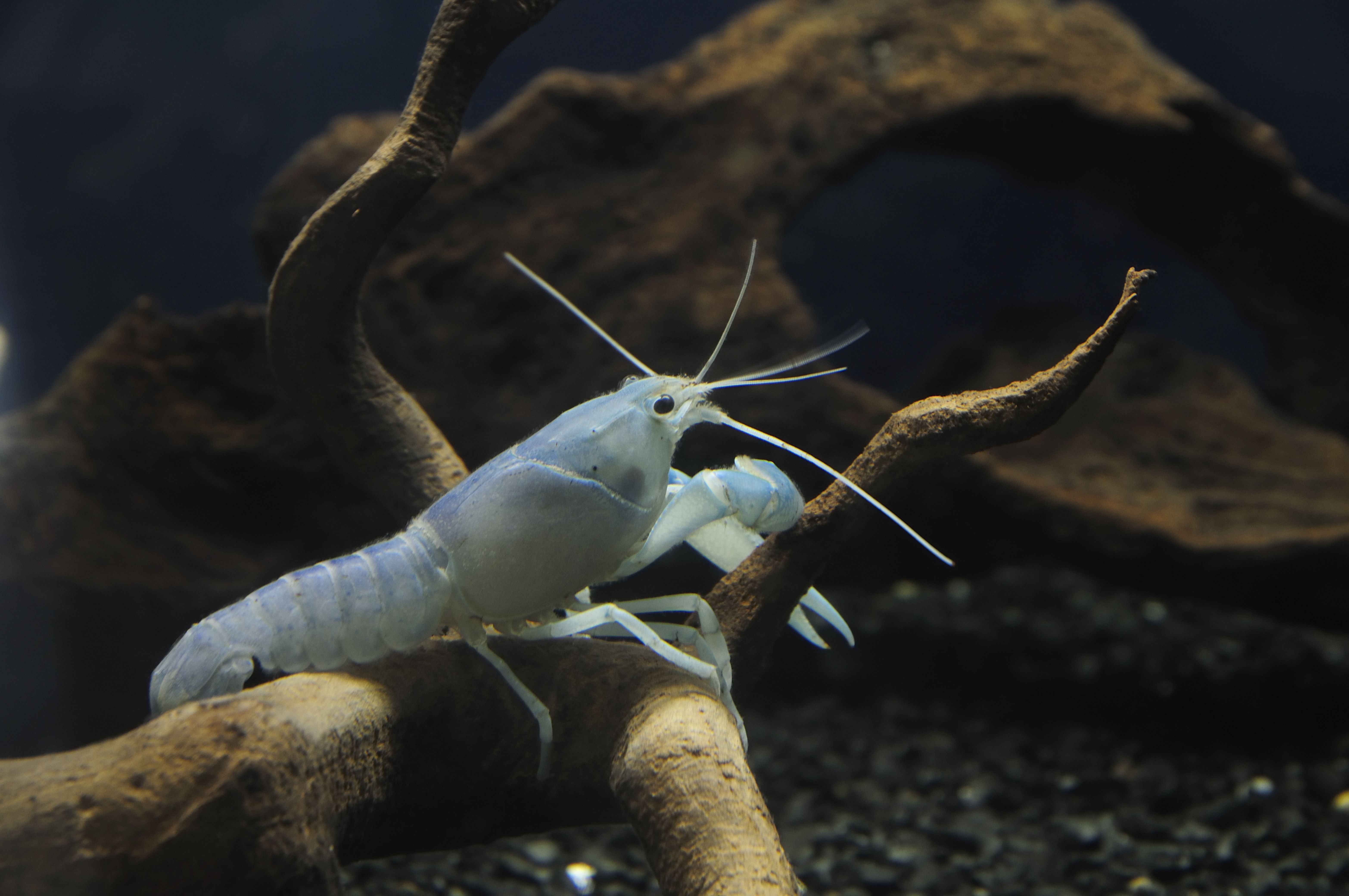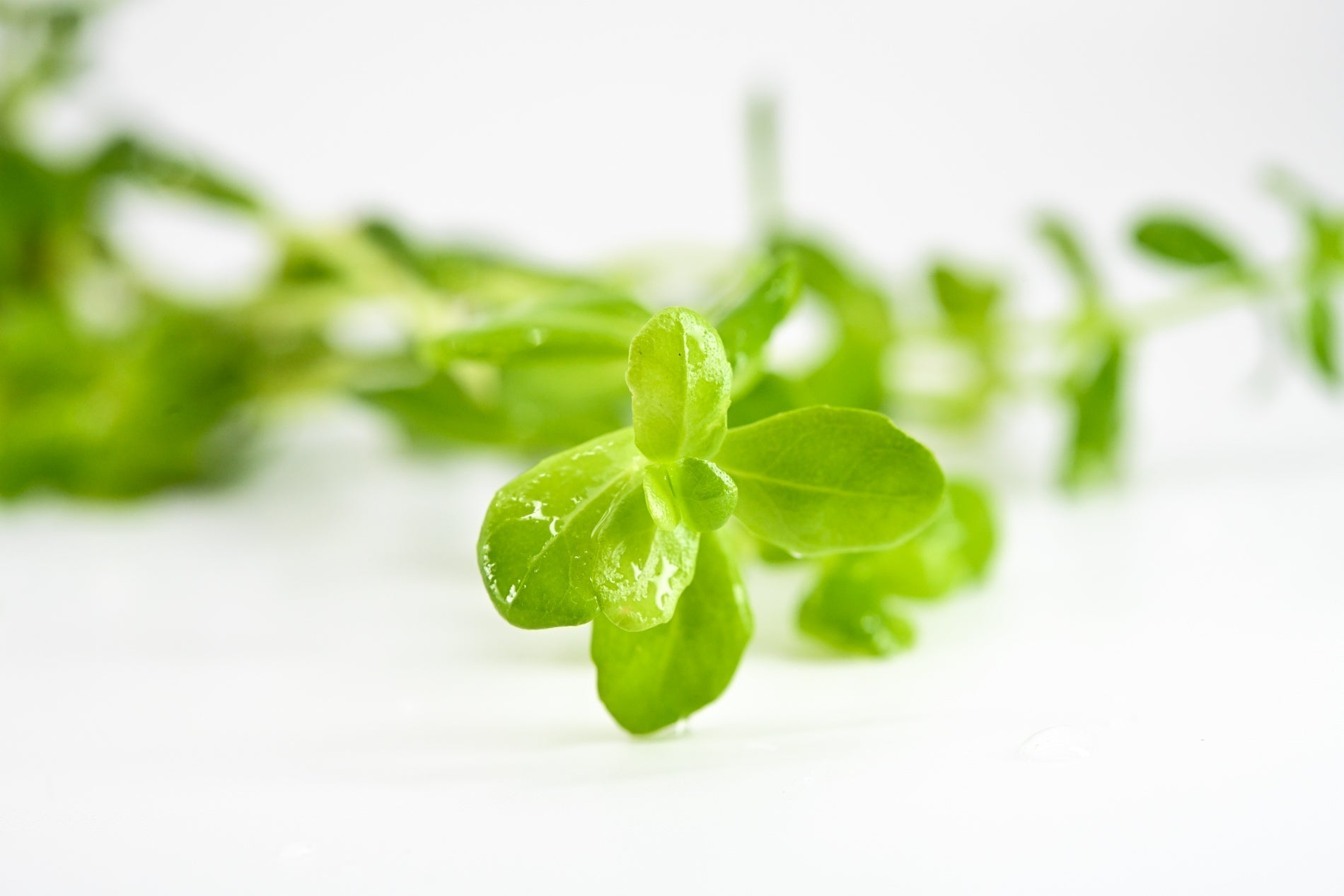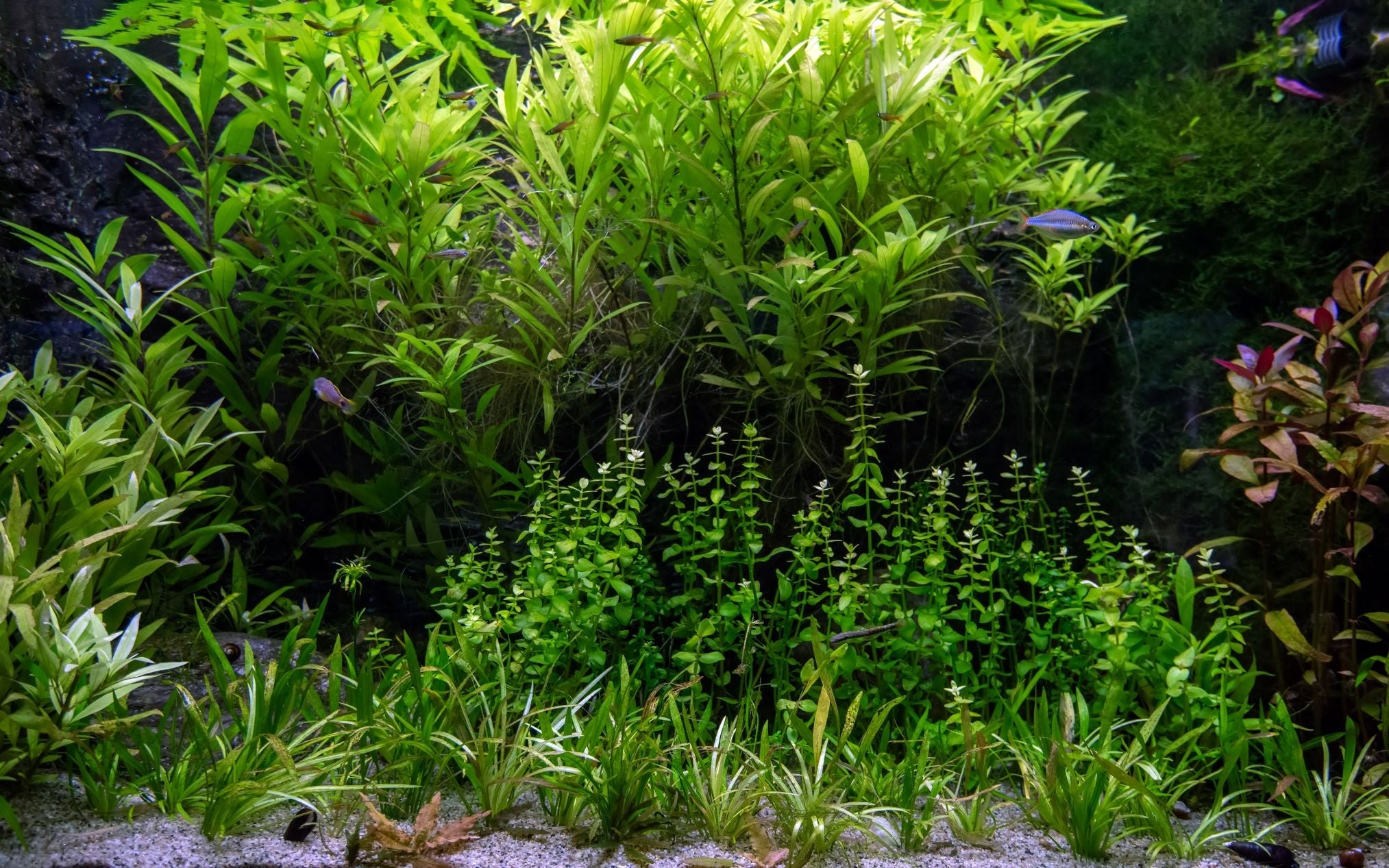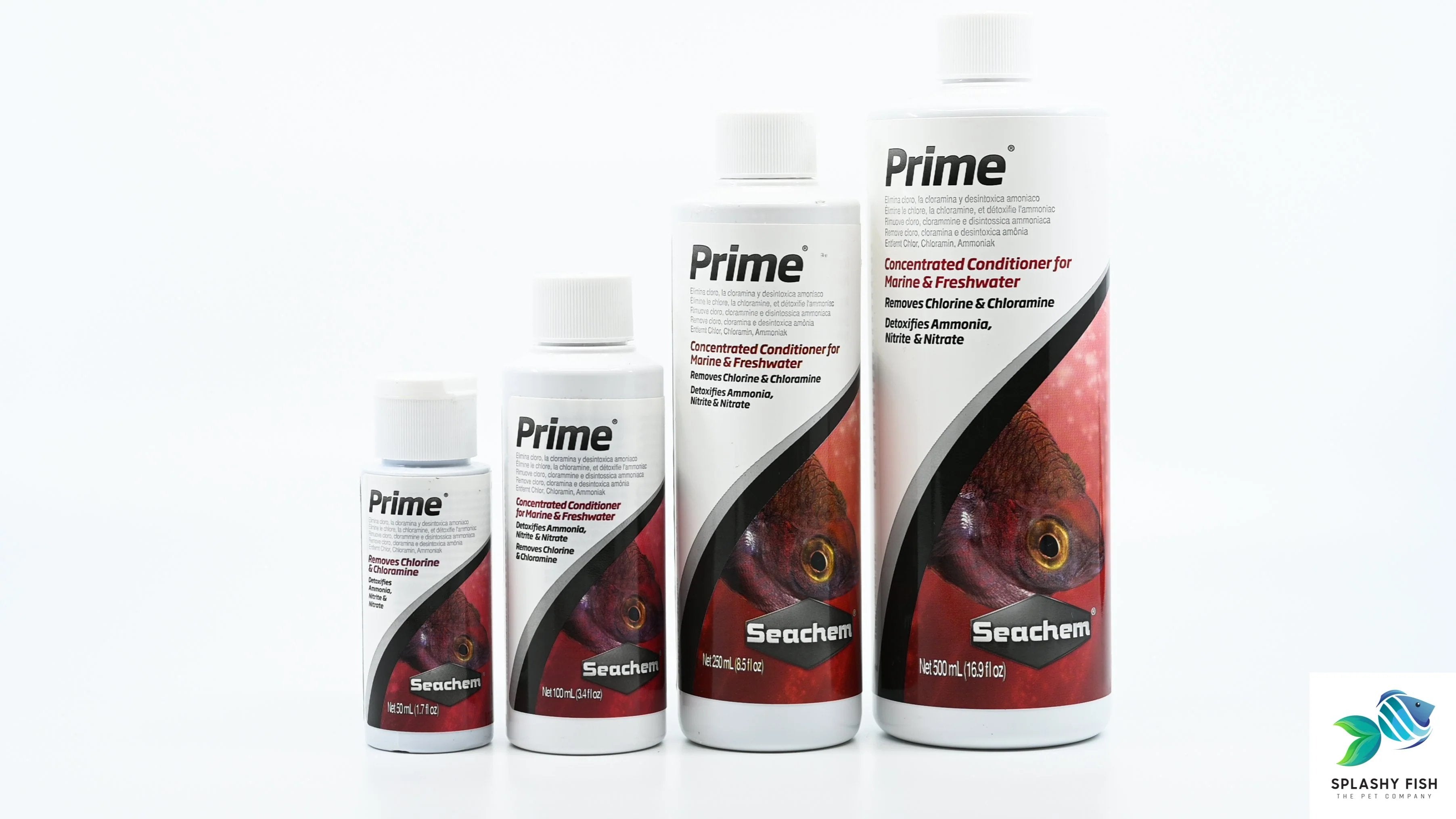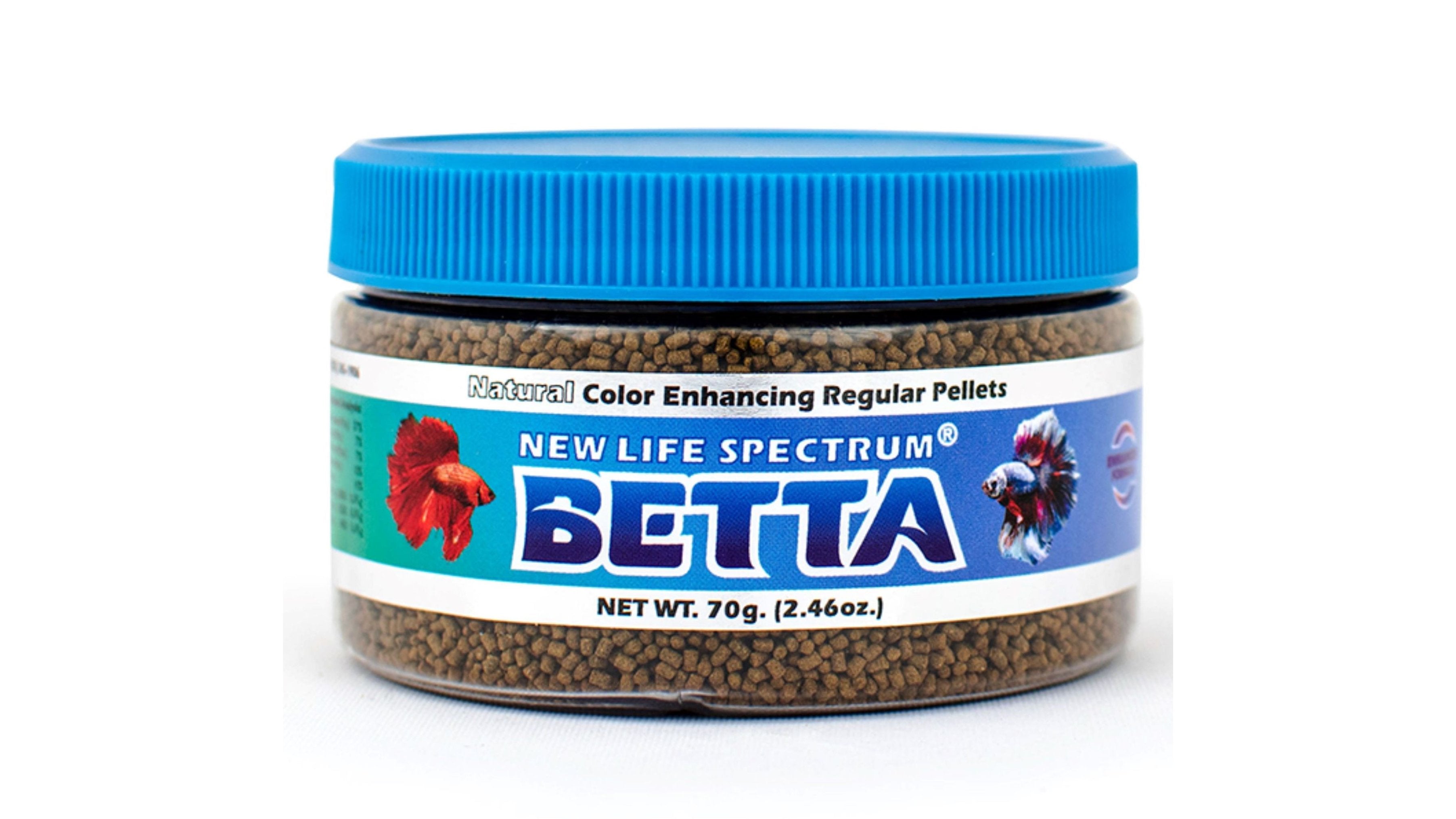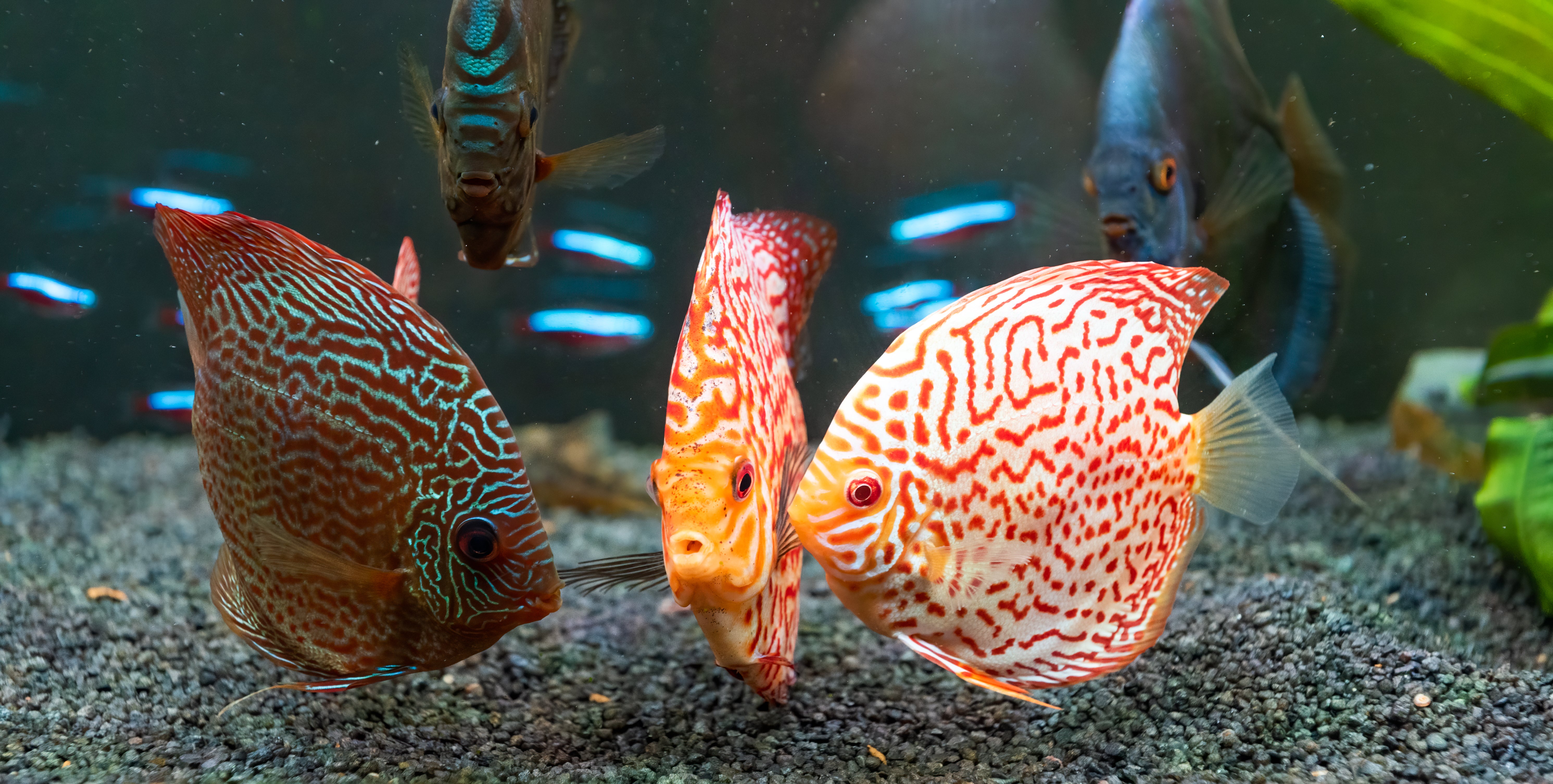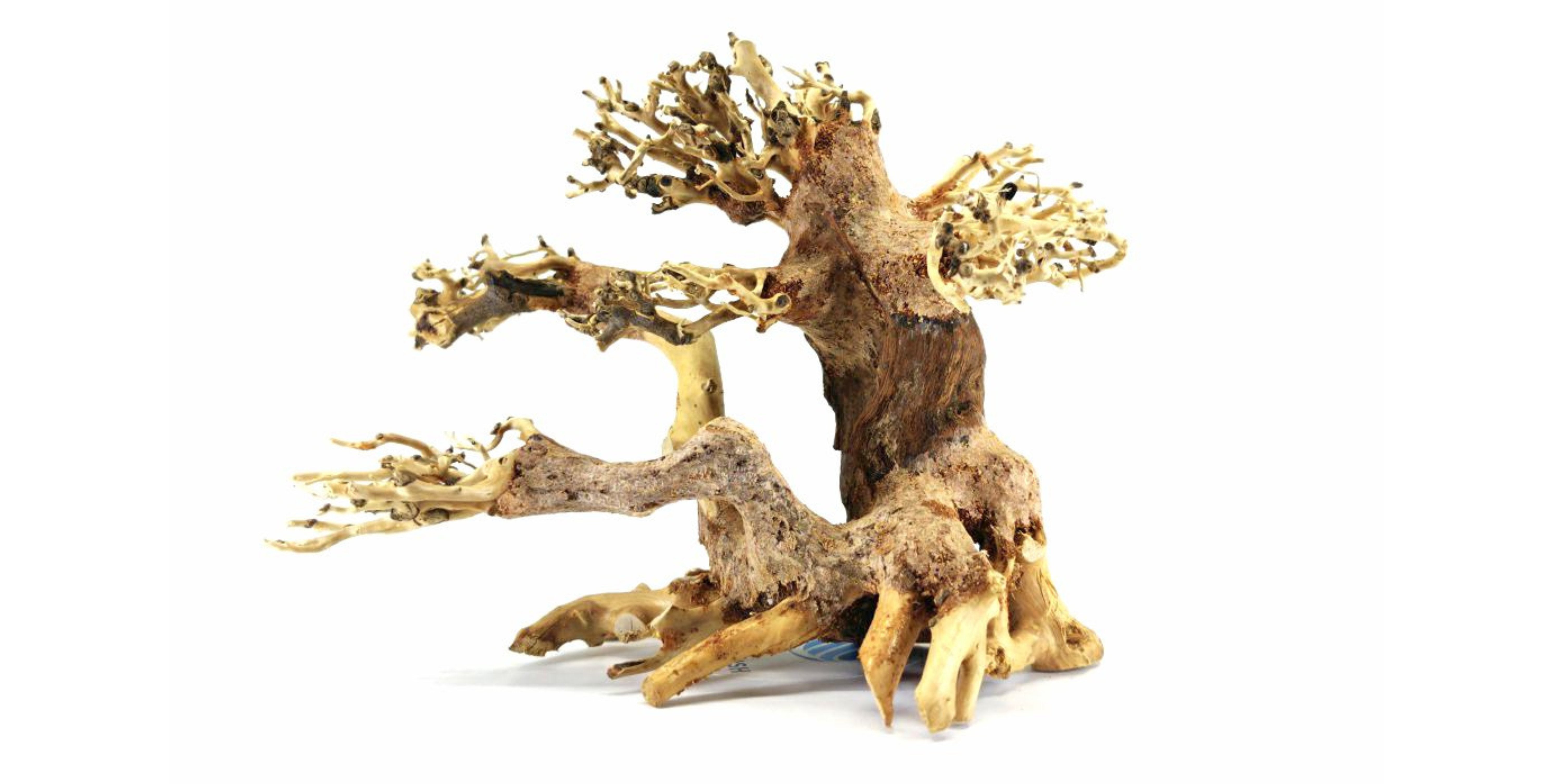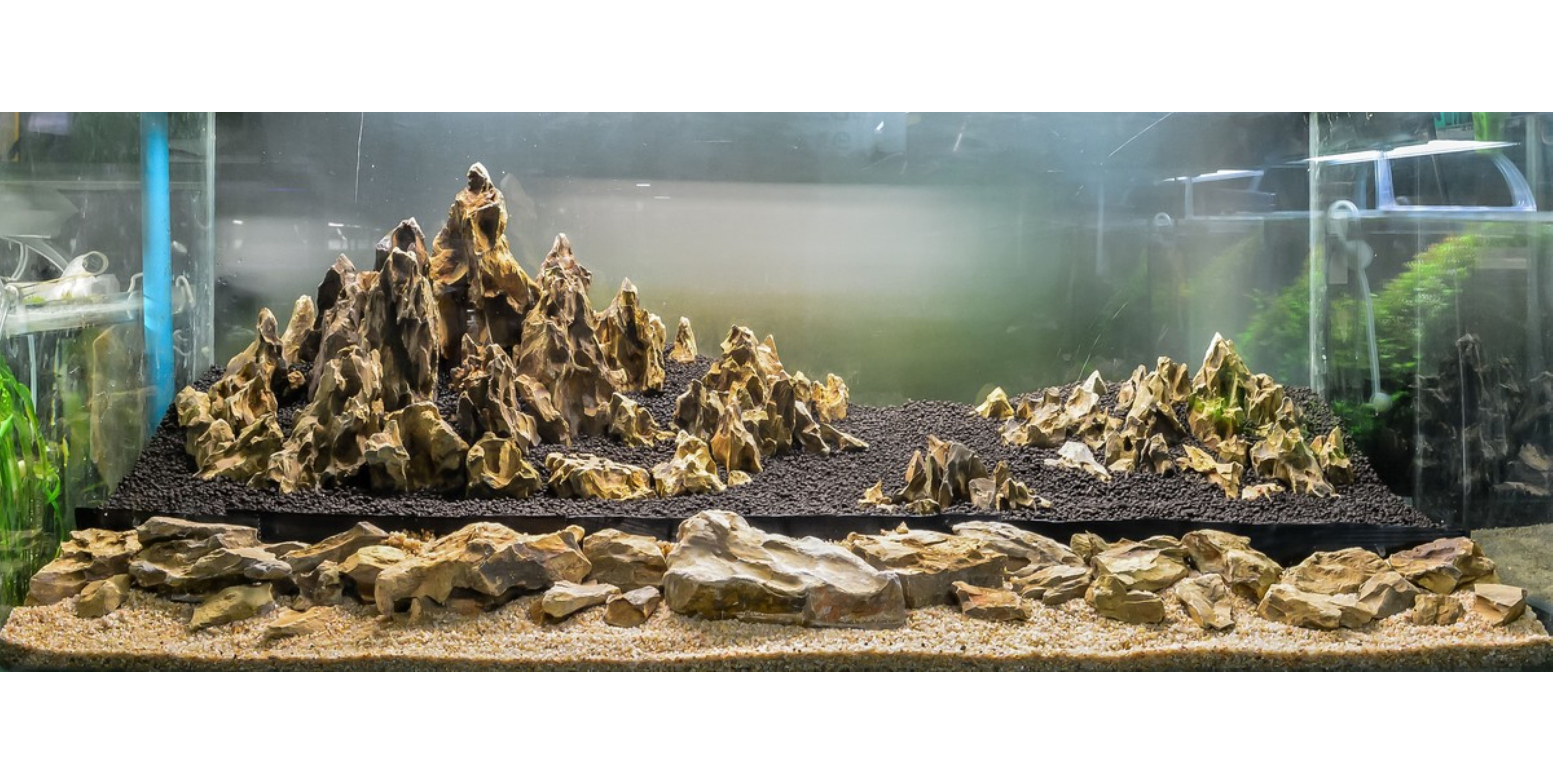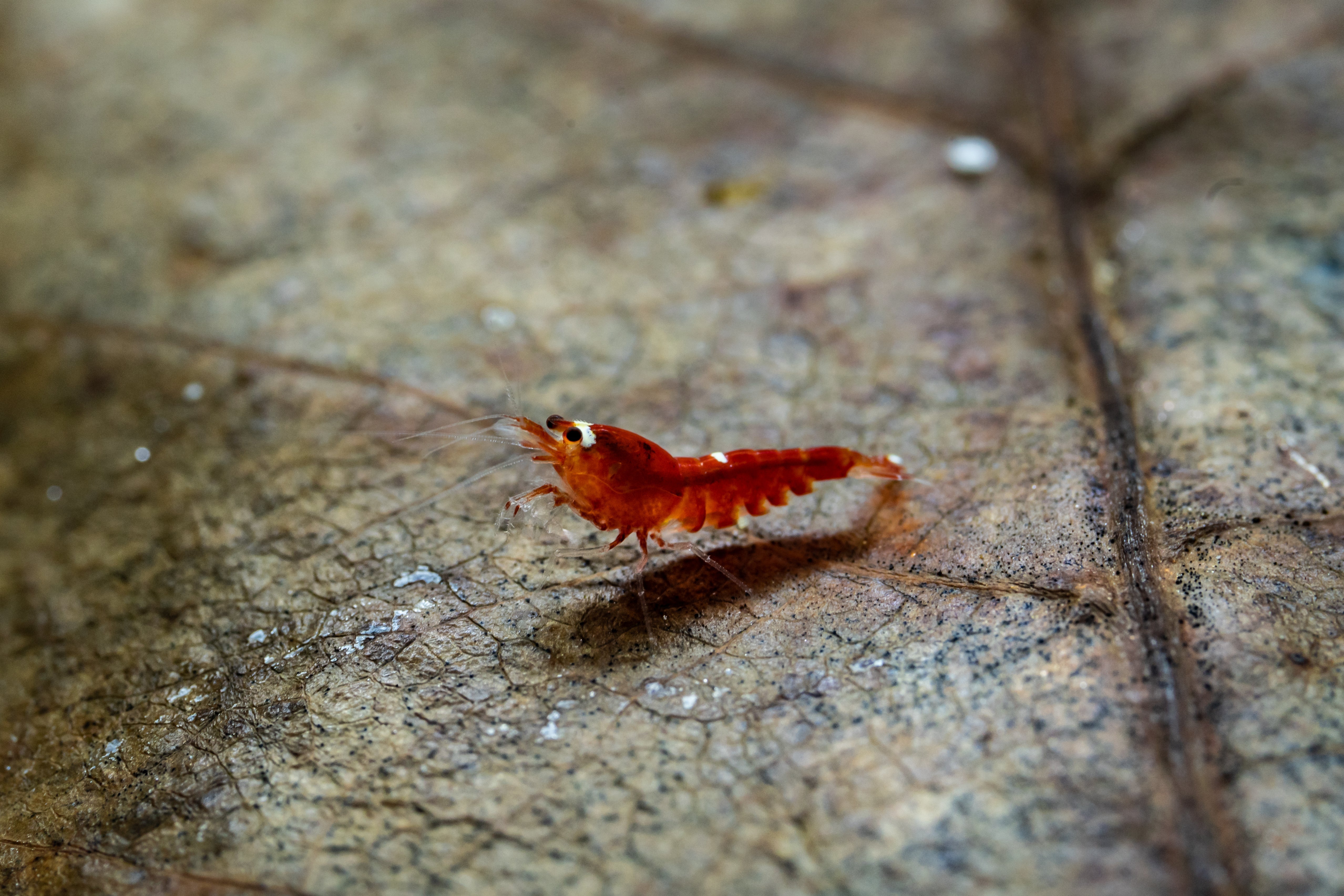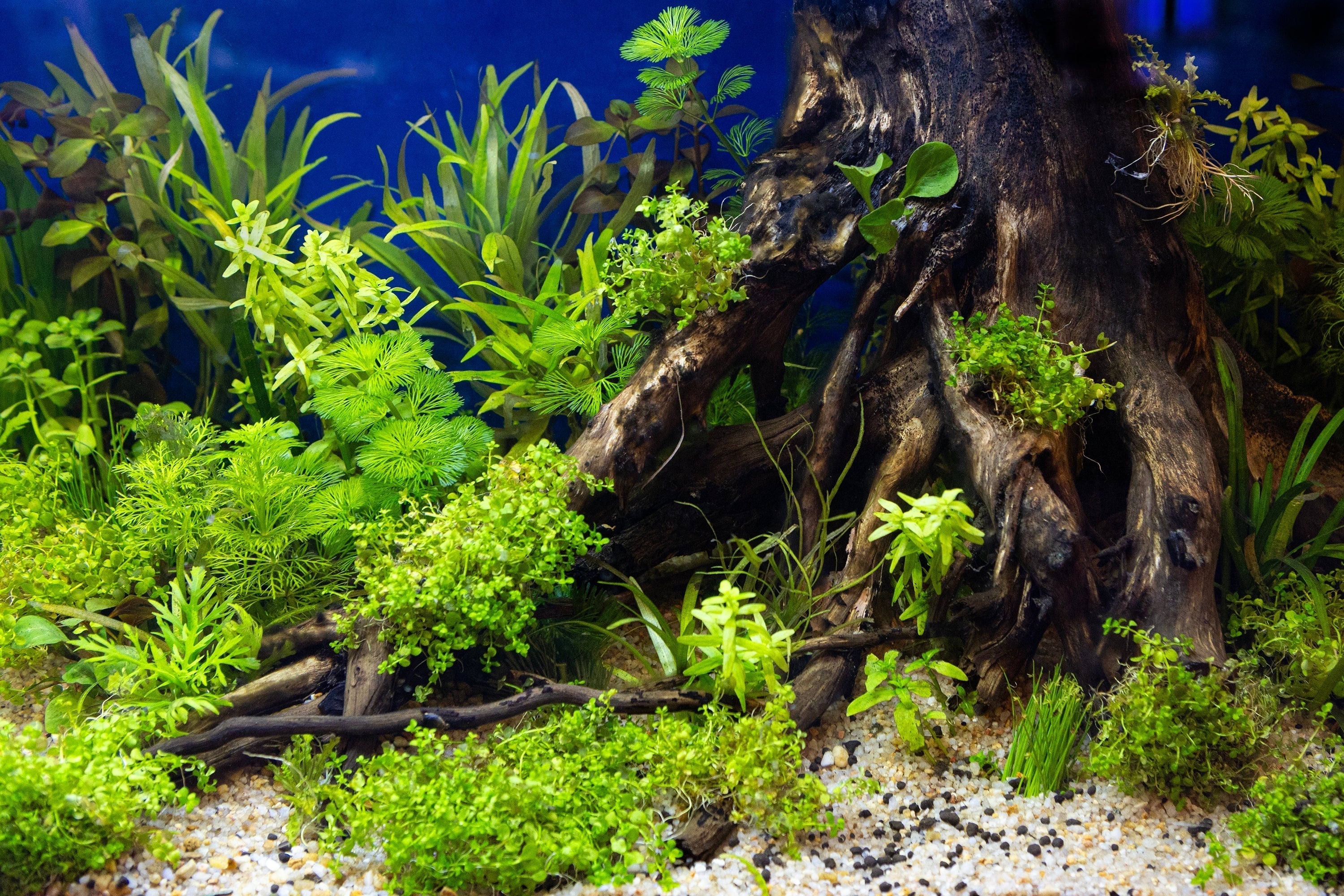Table of Contents
Are you curious about the remarkable benefits of Indian almond leaves? These unassuming natural treasures are making waves in the aquatic realm and aquatic plant care community. Known for their multitude of uses, from enhancing aquarium aesthetics to promoting a healthy environment for aquatic life, Indian almond leaves might just be the secret ingredient you didn’t know you needed. Dive into the world of these leaves and discover how they can unlock a healthier, more vibrant ecosystem in your tank or garden. Let’s explore the secrets behind their effectiveness and learn how to incorporate them into your care routine seamlessly!
What Are Indian Almond Leaves?
Indian almond leaves come from the Terminalia catappa tree, commonly known as the Indian almond tree or tropical almond tree. Native to Southeast Asia and parts of the Pacific, this tree produces broad, sturdy leaves that fall naturally to the ground.
In aquariums and the aquarium hobby, these leaves have become incredibly popular for their natural, chemical-free benefits. When added to water, Indian almond leaves release tannins and other beneficial compounds that mimic the natural habitat of many tropical fish and shrimp species.
These almond tree leaves are often dried and packaged specifically for aquarium use, known as Indian almond leaves for aquarium. Their ability to enrich water chemistry and provide natural antibacterial and antifungal properties makes them an essential tool in the aquarist’s toolkit.

Why Should You Have Indian Almond Leaves in Fish Tank?
Adding Indian almond leaves to your aquarium provides a wide range of practical and aesthetic benefits. Here’s why they’ve become a must-have for aquarists worldwide:
1. Natural Water Conditioner
As almond leaves decompose, they release tannins and humic acids into the water. These compounds slightly lower the pH and soften the water, creating a more natural environment that mimics the soft, acidic waters of tropical rivers and streams.
2. Antibacterial and Antifungal Properties
Indian almond leaves benefits extend to fish health. The leaves contain compounds with natural antibacterial and antifungal effects, helping reduce the risk of infections and promoting healing in fish with wounds or minor injuries.
3. Stress Reduction
The subtle amber tint that almond leaves impart to the water helps reduce stress in many fish species. The tannin-rich water acts as a calming agent, making fish feel safer and encouraging more natural behaviors, particularly useful for shy or stressed fish.
4. Shrimp and Fry Shelter
Shrimp breeders love Indian almond leaves because they provide a natural biofilm surface, a critical food source for baby shrimp. In addition, the leaves offer excellent hiding spots for shrimp, fry, and bottom-dwelling species, improving survival rates.
5. Enhanced Breeding Conditions
Many tropical fish species, such as bettas, gouramis, and dwarf cichlids, breed more readily in tannin-rich water created by almond tree leaves. The leaves simulate their native environments and encourage spawning behavior.
6. Visual Appeal and Natural Aesthetic
Adding Indian almond leaves to the aquarium not only supports fish health but also enhances the tank’s natural look. Their earthy brown tones and gently decomposing structure create a more organic, jungle-style aquascape.
How to Use Indian Almond Leaves in Aquarium
Using Indian almond leaves in your aquarium is easy, but following best practices ensures maximum benefit and minimal disruption to your tank. Here’s a step-by-step guide:
Step 1: Rinse Before Use
Gently rinse the leaves under lukewarm tap water to remove any surface dust or debris. Avoid using soap or chemicals.
Step 2: Add to the Tank
You can add whole leaves directly to your tank. Depending on the size of your tank, place 1–2 leaves per 10 gallons as a starting point. The leaves will naturally sink within 24–48 hours and gradually release beneficial compounds.
Step 3: Monitor Water Parameters
As Indian almond leaves release tannins, they can gradually lower pH. While this is beneficial for many fish species, always monitor your pH levels to ensure they remain within a safe range for your livestock.
Step 4: Replace as Needed
Leaves typically break down fully over 3–4 weeks. At this point, you can remove the remaining leaf skeleton and replace it with fresh leaves to maintain consistent benefits.
Pro Tip: Pre-Steeping
If you prefer to control how much tint is added to your water, pre-steep almond leaves in a bucket of hot water for 24 hours, then add the “leaf tea” to your tank gradually. This method allows you to fine-tune the intensity of tannins introduced.

Which Freshwater Fish Get Benefits from Indian Almond Leaves?
A wide variety of freshwater fish and invertebrates benefit from Indian almond leaves in their habitat. Here’s a list of species that thrive with the addition of these natural leaves:
1. Bettas (Betta splendens)
Betta fish naturally inhabit tannin-rich, slow-moving waters. The calming environment created by Indian almond leaves promotes natural behaviors and enhances their vibrant coloration. Leaves are also a favorite spawning site for bubble nesters.
2. Gouramis and Dwarf Cichlids
Species like Pearl Gourami, Honey Gourami, and Apistogramma love the almond leaves’ benefits, which mimic their native blackwater habitats and encourage breeding.
3. Freshwater Shrimp
Indian almond leaves are a staple in shrimp tanks, especially Neocaridina shrimp and Caridina shrimp. As the leaves decompose, they produce biofilm that young shrimp graze on. They also help maintain a stable, gentle water environment ideal for sensitive shrimp species.
4. Tetras and Rasboras
Many schooling fish from the Amazon basin, such as Neon Tetras, Cardinal Tetras, and Harlequin Rasboras, thrive in tannin-stained water created by almond leaves. These conditions reduce stress and promote schooling behaviors.
5. Catfish and Loaches
Bottom dwellers such as Corydoras catfish, Kuhli loaches, and Otocinclus appreciate the added cover and foraging surfaces provided by decaying almond tree leaves.
Conclusion
Indian almond leaves are one of the best natural tools for creating a healthier, more balanced aquarium environment. Whether you’re seeking to reduce fish stress, prevent infections, improve shrimp survival rates, or simply enhance the visual appeal of your tank, almond leaves benefits make them an invaluable addition to your aquatic toolkit.
Now that you understand how to use Indian almond leaves and which species benefit from them, you can confidently incorporate them into your aquarium routine. With their many advantages and ease of use, it’s no wonder they’ve become a favorite among aquarists worldwide.
Ready to experience the magic of Indian almond leaves for aquarium? Add them to your tank today and watch your aquatic life thrive! Visit our aquarium store in Virginia to get more freshwater fish for sale, freshwater shrimp for sale, aquarium plants for sale, or search for us with fish store near me to buy them online.
Indian Almond Leaves Frequently Asked Questions (FAQs)
Where to buy Indian Almond Leaves?
You can purchase Indian almond leaves from a variety of online and local aquarium stores. Specialty aquarium retailers often carry high-quality, chemical-free leaves specifically packaged for aquarium use. Always choose reputable sellers to ensure leaves are safe and pesticide-free. At Splashy Fish, beside Indian almond leaves, we also offer other aquatic plants for sale to enhance your fish tank.
How many Indian Almond Leaves per gallon?
A common guideline is to use 1–2 Indian almond leaves per 10 gallons of water. However, this can vary based on your goals:
- For a light tannin tint and general health benefits, 1 leaf per 10 gallons is sufficient.
- For breeding or blackwater biotope setups, you may use 2–3 leaves per 10 gallons for a stronger tannin presence.
Always introduce leaves gradually and monitor your water parameters, especially pH.
Do Indian Almond Leaves Lower pH?
Yes, Indian almond leaves can slightly lower pH by releasing tannins and humic acids into the water. This effect is gradual and depends on the volume of leaves used and your water’s initial buffering capacity (KH).
In soft water with low buffering, the pH reduction will be more noticeable. In hard water, the effect is milder. Monitoring pH is essential when using almond tree leaves, particularly if your fish species require stable pH levels.


